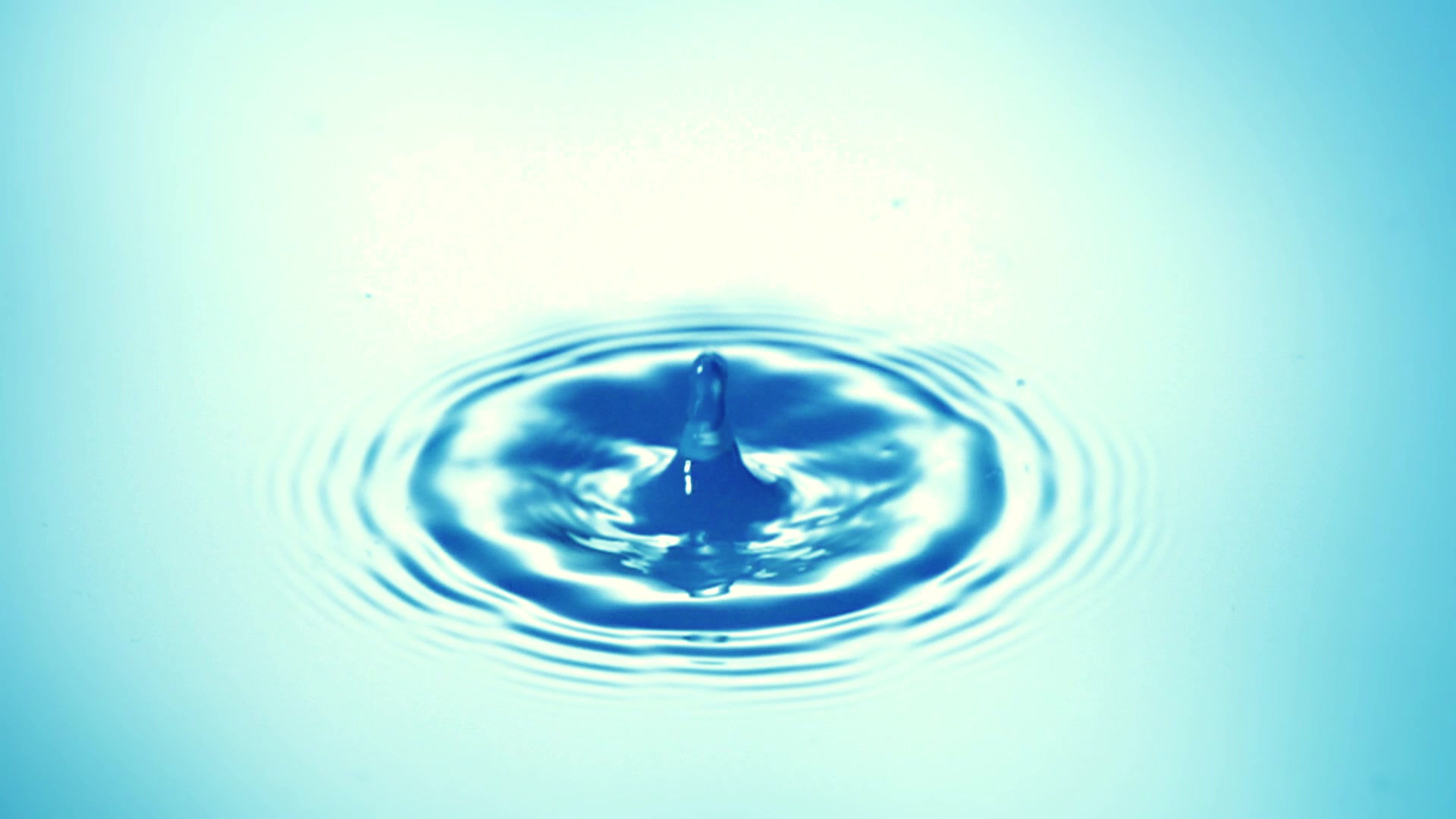See Mercury, Venus And A Full Moon Aug 26 2018
- Ryan Jordan

- Aug 25, 2018
- 3 min read
Mercury has always been something of a collector’s item for stargazers. Since it orbits so close to the Sun, it’s always up there in the daytime sky, but impossible to see most of the time. However, on Sunday the tiny hot rock reaches its ‘greatest western elongation’ when it appears over 18 degrees from the Sun as seen from Earth.

It occurs this Sunday, August 26, when Mercury will be the highest it ever gets above the eastern horizon in the pre-dawn sky. That same morning, an almost Full Moon will set in the west. Later that evening, August’s Full Moon, the Sturgeon Moon, will rise in the east as the other inner planet, Venus (only just past its ‘greatest eastern elongation’), shines brightly in the western sky.
With Mercury, Venus and the Moon all visible, that makes this Sunday a great day for planet-gazing and astrophotography just before dawn and just after dusk. Are you ready for a close-up of the inner solar system?
When is the best time to look for Mercury?
Seeing Mercury is all about getting up early, and getting up high. You need to have a clear, cloud-free view to a low eastern horizon, and be outside about 05:00 a.m. EDT an hour before sunrise on August 26. In the east there will be a glow from the Sun, and Mercury will be visible as a tiny orange-yellow light about 10° above the horizon. It’s not much of a sight in a telescope; this is one for the naked eye and binoculars (just don’t use the latter anywhere near sunrise). As a bonus, a Full Moon will be setting in the west, turning pale orange as it nears the horizon. That alone is one of the most beautiful sights in nature.
Can I see Mercury after sunset?
Not this month. In the days after August 26, Mercury will sink back into the Sun’s glare.However, since Mercury reaches its greatest elongation every four months, you can catch Mercury at its ‘greatest eastern elongation’, as high as it gets above the horizon after sunset. That occurs on December 15, when Mercury will appear beneath Venus.
How to see Mercury with Venus & Jupiter
Mercury also has a couple of nice conjunctions (when two celestial bodies appear close together) coming up on October 14 with Venus and on October 30, 2018 with Jupiter.
Although this Sunday provides the best opportunity of the year to see Mercury, the easiest way to observe the innermost planet in the solar system is using a solar telescope during a transit, when Mercury crosses the face of the Sun as seen from Earth. Only transits of the inner planets Mercury and Venus are possible since the outer planets can only ever be seen to go behind, not in front of, the Sun. Transits of Mercury occur only around 13 times per century, with the next one on November 11, 2019 and, after that, on November 13, 2032.
When is the next Transit of Mercury?
Although this Sunday provides the best opportunity of the year to see Mercury, the easiest way to observe the innermost planet in the solar system is using a solar telescope during a transit, when Mercury crosses the face of the Sun as seen from Earth. Only transits of the inner planets Mercury and Venus are possible since the outer planets can only ever be seen to go behind, not in front of, the Sun. Transits of Mercury occur only around 13 times per century, with the next one on November 11, 2019 and, after that, on November 13, 2032.
Are there any space probes at Mercury?
Not at the moment, but there soon will be. In 1974, NASA’s Mariner 10 performed a fly-by of Mercury, and more recently NASA’sMessenger probe that orbited Mercury from 2011 to 2015. Next up comes BepiColumbo, a joint mission of the European Space Agency (ESA) and the Japan Aerospace Exploration Agency (JAXA), which will study Mercury’sdeep interior and interaction with the solar wind. It’s actually two spacecraft, the ESA Mercury Planetary Orbiter and the JAXA Mercury Magnetospheric Orbiter, which will travel together, but will eventually separate and orbit alone.
When will BepiColumbo launch?
It was recently announced that BepiColumbo is targeting 19 October 2018 for launch from Europe’s Spaceport in Kourou, French Guiana. Since it’s using solar power and electric propulsion, it will take nine gravity-assist flybys of Earth, Venus and Mercury, which it will arrive at in three years. It’s hoped that BepiColumbo will help astronomers learn how any star system’s innermost planet forms and evolves so close to its parent star.
It may be elusive, but with BepiColumbo and a rare transit of Mercury coming up, we’re about to earn a whole lot more about the solar system’s smallest, hottest planet.




Comments